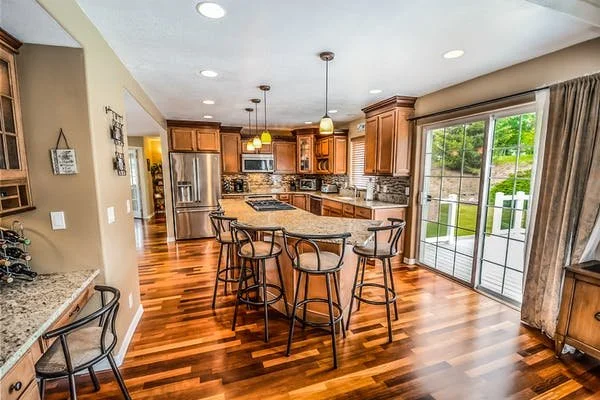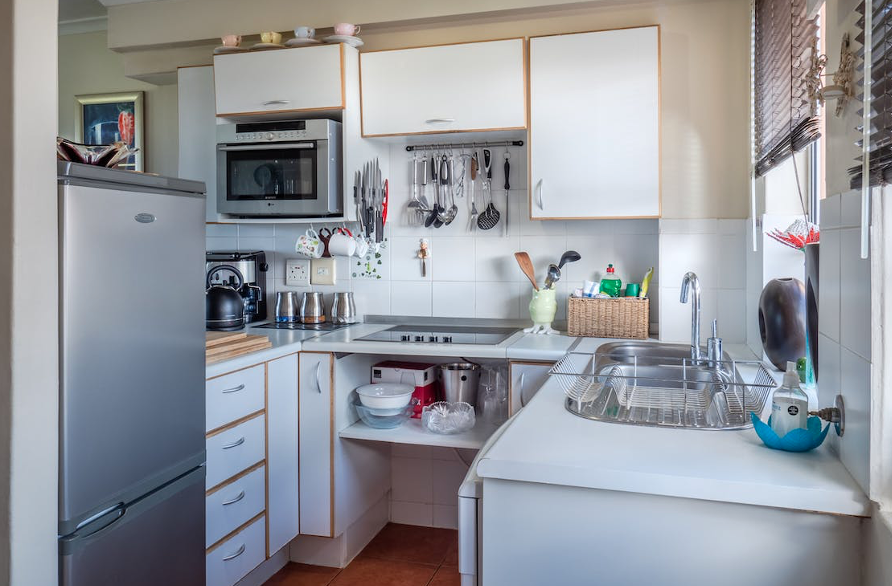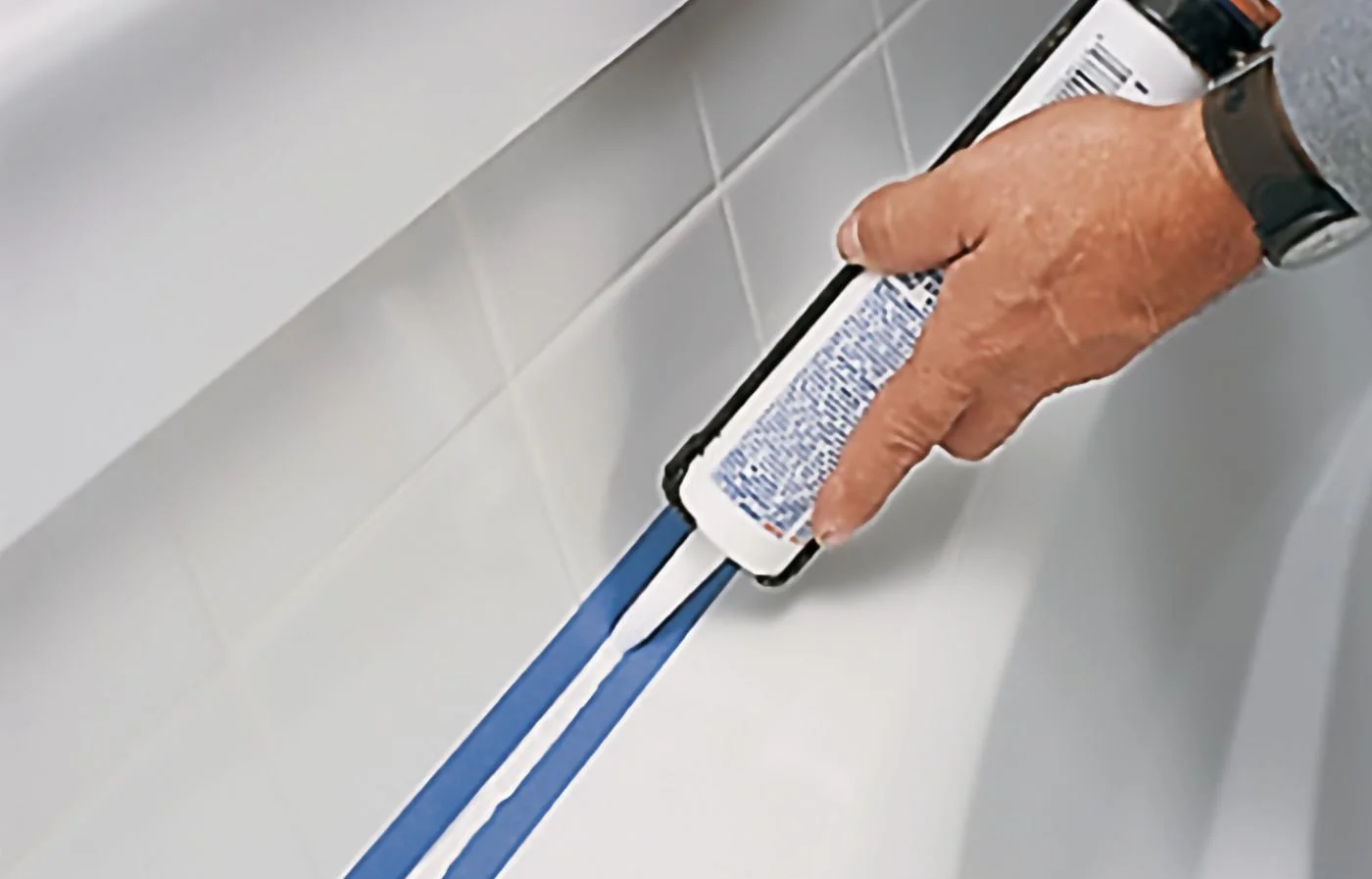New Real Estate Trends & Forecasts for 2023 and Beyond
RH Business Marketing Solutions
As always, the real estate market is very changeable and unstable, and it can be hard to follow what’s happening in the scene for many regular people. If you are someone looking to invest in real estate, a real estate agent or just someone who wants to stay in the loop, here are some useful predictions for the market for the upcoming year and beyond.
The real estate market all around the world, especially in the States and Australia, has been rising in the past few years. Due to price hikes, homes are selling out faster than ever, and people all over the world are struggling to find good rental spaces for their money. However, in 2023, we can hopefully see a leveling out of prices and better economic growth that will put people back on their feet. This is great news, especially for people who might be struggling to find an affordable home. Also, homeowners who want to rent out their property will enjoy the upcoming period as well. As we slowly enter the New Year, here are a few real estate forecasts for 2023 and beyond:
Housing affordability
Let’s take a look at the US housing market for a second. Before the pandemic, almost 50% of housing markets in the States had rents exceeding home purchases. The rise in prices was the main driver for people to opt for rental housing instead of purchasing homes. Those who choose to invest, even when considering the rising prices, are mostly choosing pre-owned homes as their first choice. According to market reports, 74% of home buyers tend to choose second-hand homes, mostly due to better prices and better value.
Single-family houses are in great demand
In the past few years, the global market, especially in urban centers, has experienced a return to suburbs. This caused a growing demand for single-family homes, with searches for these properties reaching the highest rate in four years in 2020. Why are people so into single-family homes in markets like LA or Sydney? Well, they provide low interest rates, better privacy and social distancing and better remote work. However, with greater demand come shortages, so it’s crucial to have a good real estate agent on your side working within these urban centers. In Sydney, buyers should look for an experienced Inner West real estate agent to get the best expert knowledge on the area. Your agent will also provide you with effective sales tactics in case you want to sell.
Vacation residences
Here’s another trend in real estate we can clearly see for 2023 and beyond—holiday rentals. More and more people are looking for holiday residences to rent out when they are away. If you have a property like that and want to rent it out, start marketing as soon as possible.
Automation in the real estate world
In the future, mobile and desktop tech in the world of real estate will continue to be loaded with AI and machine learning. This will help search engines spot trends, assess properties and predict future closings and commissions. And there are even more futuristic trends coming up in the future. Automated driving is today mostly used to recognize and learn about surroundings and vehicles on the road. In the future, we can expect brokers to use similar image processing to focus their searches and look for subjective features like preferred layouts, flooring, tiles, landscaping, room conditions—mostly all the things that are not noted down in the listings.
Rent is not the only driver anymore
There are some changes in commercial real estate as well. Today, we live in quite uncertain times, so it’s impossible only to base your commercial space needs on rental costs—there are also improvements and concessions to consider. Commercial space users have questions beyond rent, like can my workforce fit in comfortably, do I like the location, is the space ready to be used. We can expect more focus on dynamic pricing (lease-by-lease) than sweeping rate cuts. Of course, high interest rates can’t disappear overnight, but according to experts, in the upcoming year, we can see some improvements. Until all employees come to work at the office full-time, companies can be making any serious decisions.
Finally, we can see some positive changes in the real estate market, even if they are driven by general instability in the world. 2023 and beyond will bring their own issues, without a doubt, but things are looking good so far.
Guest Contributor: Diana Smith



















